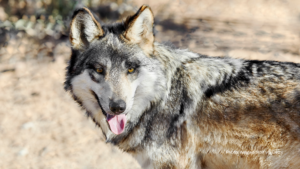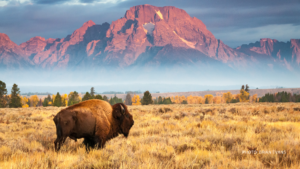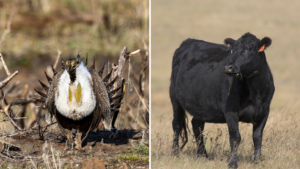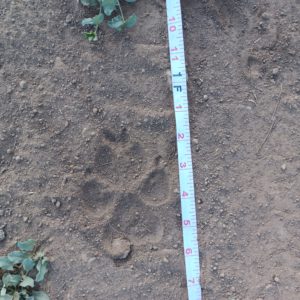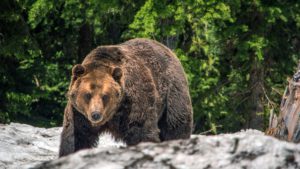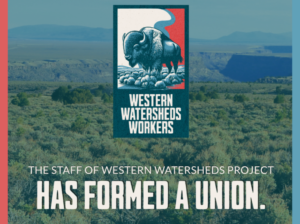For immediate release – February 13, 2019
Media contact:
Scott Lake, Western Watersheds Project (208) 429-1679; scott@westernwatersheds.org
BOISE, Idaho — Today, the Bureau of Land Management approved a plan to log off or tear out native juniper trees from 617,000 acres of public land in Idaho. The agency will cut, shred, and burn juniper trees under the guise of improving sage-grouse habitat, despite science demonstrating that juniper woodlands occur naturally in the desert ecosystem and that removing or reducing livestock grazing would benefit sage-grouse far more than this expensive and ecologically damaging vegetation project.
The project, called the Bruneau Owyhee Sage-grouse Habitat Project (BOSH Project) was stalled last summer when Western Watersheds Project (WWP) raised serious objections to the methodology and utility of the effort. WWP pointed out that the agency hadn’t considered evidence that large-scale logging of juniper woodlands could spread invasive weeds, intensify wildfires, and degrade sagebrush habitats.
“We’re not fooled—this is not going to protect sage-grouse,” said Scott Lake, Idaho Director for Western Watersheds Project. “It’s a huge federal welfare program created to cover up the land abuse from livestock overgrazing that has continued to devastate sagebrush habitats in Idaho for decades. It’s clear that the agency would rather throw money at the symptoms of the problem than address the root cause of sage-grouse declines.”
The final BOSH decision authorizes several vegetation removal methods that have not been shown to help sage-grouse. These include: prescribed fire, the use of heavy equipment in fragile desert landscapes, and logging of established juniper woodlands with greater than 10% canopy cover. The project also includes a scientifically dubious fuel-break component that calls for total eradication of juniper trees within 200 feet of roads. Fuel breaks are not effective in slowing or stopping large wildfires, especially in naturally high-intensity fire systems like sagebrush, but have been shown to cause habitat fragmentation and spread invasive weeds.
In addition, BLM continues to ignore General Land Office survey records and scientific evidence showing that juniper woodlands have been common in southwest Idaho since the early days of European settlement. Studies have shown that the range of juniper naturally expands and contracts in response to rainfall patterns and other climactic factors.
“BLM and its livestock industry allies have spent decades trying to convince the public that native junipers are an undesirable invasive species,” Lake said. “In reality, junipers have been a natural component of the sage-steppe landscape for thousands of years, and nothing in the scientific literature justifies the large-scale eradication of this species. BLM’s decision betrays a willful ignorance of the natural history and ecology of the lands it is charged with managing.”
The project was reauthorized by a record of decision issued from the Interior Secretary’s office in Washington D.C., and provides no right of administrative review or appeal. Neither BLM nor the Interior Department provided an opportunity for public comment on this latest iteration of the project, and the public was not informed of the state of the project until yesterday, when the Department announced its final decision.
“We’re especially disappointed at the lack of public input, as well as the fact that BLM made no changes to this project before reauthorizing it,” Lake said. “Rather than take a hard look at the science and consider the potential adverse impacts of BOSH, BLM simply reauthorized the same flawed project without any additional public input or environmental analysis. This is a clear attempt to favor the livestock industry and its political supporters while shutting out the public.”

